This is my first post from my Macbook Pro running under Leopard. So far everything is going swimmingly and I’m enjoying it a lot. As others have said, most of the improvements are under the hood, but in general I like the new stuff that is visible, and everything feels just that bit snappier. How much this is due to Leopard, and how much to the removal of a few years’ miscellaneous junk from my hard disk is hard to say, but it’s very nice.
I did a clean ‘Erase and install’, having first made a couple of clones of my disk using SuperDuper. I then used the migration assistant to copy all my docs and settings back from the clone, but I didn’t copy all the applications; I wanted to thin those out. The ones I wanted I’ve either re-installed from their original media or copied over by hand.
A couple of tips:
- If you know that you want to do a clean install, then I suggest booting from your clone disk and using Disk Utility to format your main one before starting.
Why? Well, during the install process each of your hard disks will be checked to see if they’re a suitable location for the installation, and then you’re able to choose between them. For some reason, certain disks can take a very long time to appear. There are various discussions about this on the Apple discussion forums, but the answer seems to be just to wait. In my case, I suspect because my hard disk was so full, it took over half an hour, with no progress indication, before the disk appeared and I could continue with the install. That was a few nights ago, and I didn’t have time to continue after that. It’s a big flaw, but it’s the only one I’ve seen in an otherwise painless upgrade process.
This time, I had formatted the drive beforehand, and everything was very quick.
- A new but little-known feature in Disk Utility is the ability to resize Mac partitions non-destructively. Like me, you may want to try out the very sweet new Time Machine backup system, but it needs its own disk or partition for the backups. I had a big external drive with lots of space free and was able to split it into two partitions to make space for Time Machine. This should, of course, always be done with care, and generally after, rather than before, making backups!
All in all, so far, I’m very glad I upgraded. Lots of things that I thought might not work are working just fine, and some things very much better.


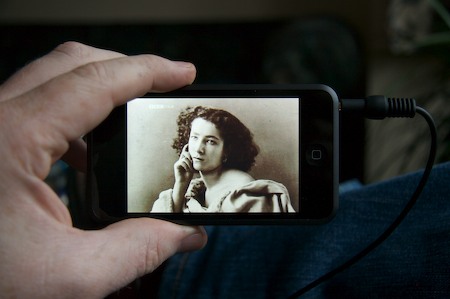
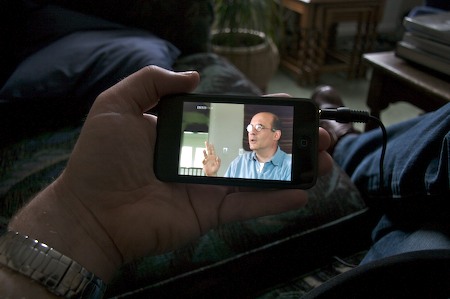
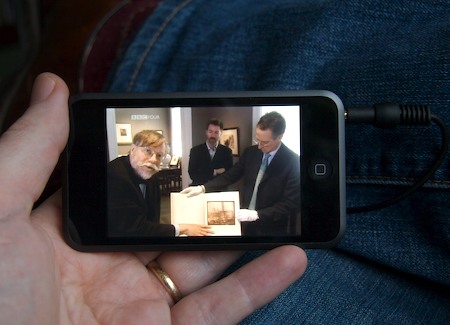
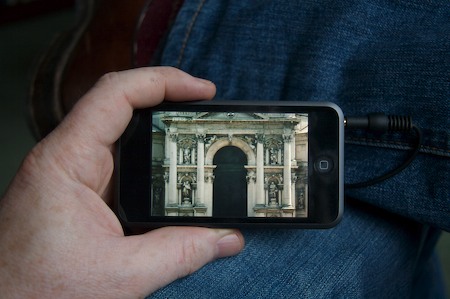
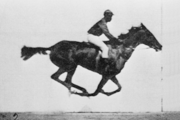
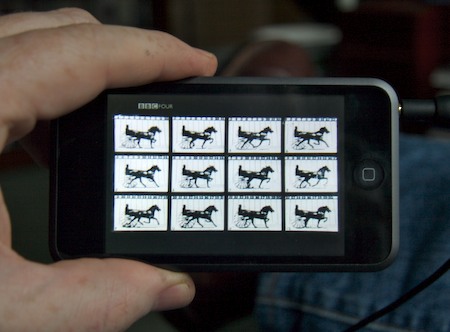
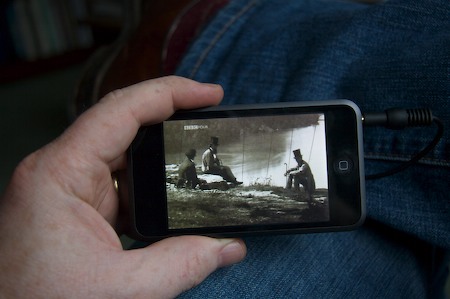
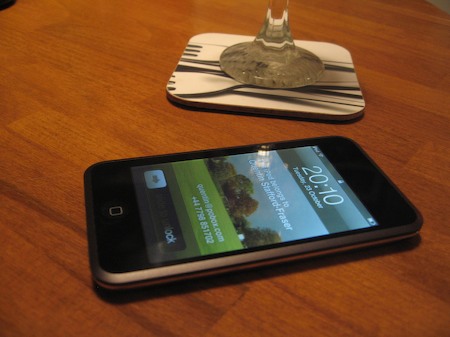
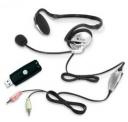




Recent Comments